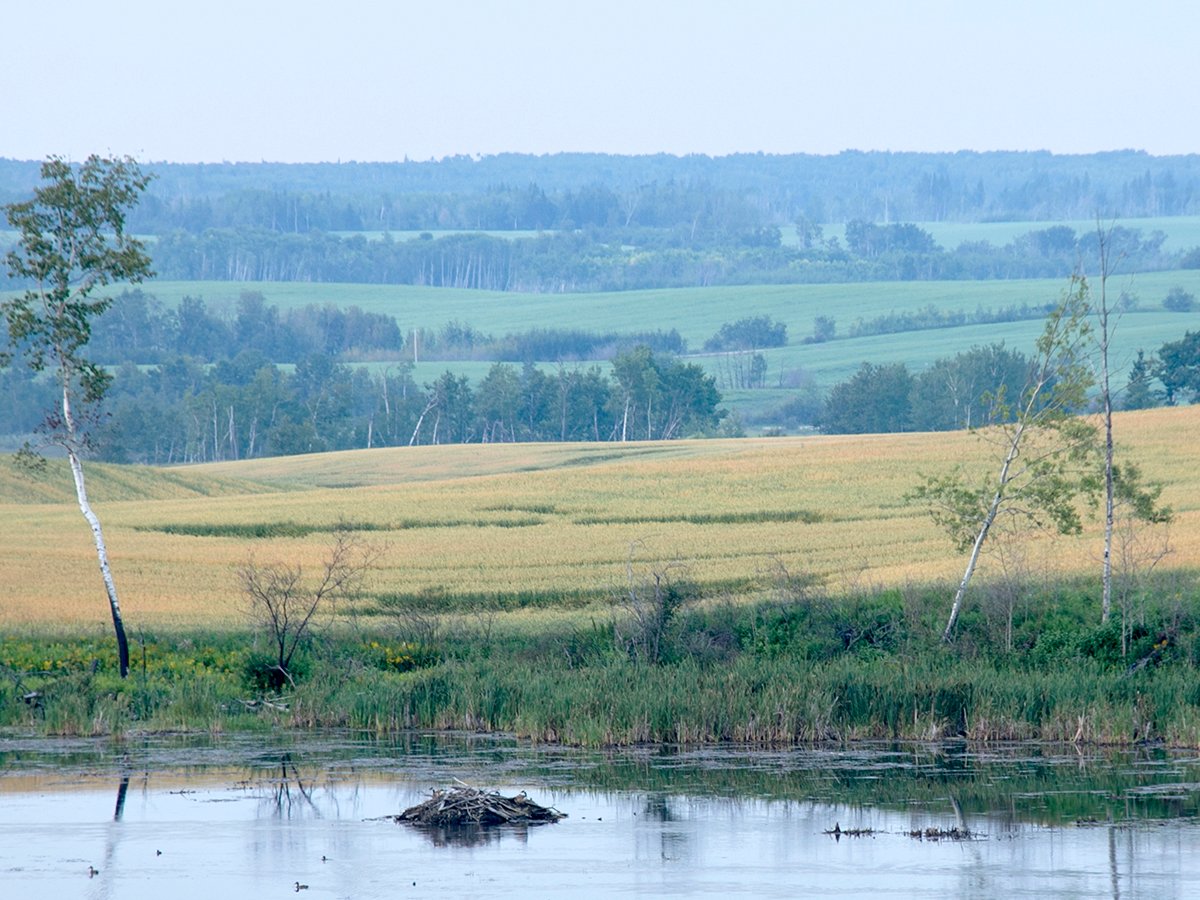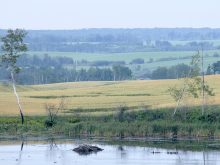It is not just anybody who gets a rose named after them. But as the instigator of several social action movements, Adelaide Hoodless received the honour.
The red-flowered, hardy shrub rose bred at Agriculture Canada’s research centre at Morden, Man., was introduced in 1973 as a tribute to the founder of the Women’s Institute on the group’s 75th anniversary.
The rose was named for a woman who lived in comfort in Hamilton, Ont., until the death of her youngest child in 1889 from drinking contaminated milk.
Her heartbreak led Hoodless to devote
Read Also

Intergenerational rollover rules can help succession plans
One of the most significant concerns in succession planning for farmers is the tax bill that can come with passing the farm to the next generation.
herself to women’s causes, especially educating them for motherhood and household management.
Hoodless believed women’s natural destiny lay in the home, and she never supported the suffragette cause. Her beliefs can be summed up in a quote from one of her speeches in which she said, “educate a boy and you educate a man, but educate a girl and you educate a family.”
By reassuring men of the day that she wanted
to help women stay in the home, she was able to achieve success.
Hoodless started her campaign by persuading the Hamilton branch of the YWCA to offer classes in domestic science. Cooking, sewing and other skills that girls had previously learned at home were
no longer being taught because goods once manufactured in the home were now usually bought in stores.
Women were taking jobs in offices and factories, a development Hoodless con-sidered to be against their predestined roles as wives and mothers. At the same time, science was creating an awareness of nutrition and sanitation.
In 1893, while Hoodless was a delegate at the World Congress
of Women in Chicago, she realized Canada
was lacking strong institutions for women. Later that year she proposed the establishment of a national association to group together the existing YWCAs. It was founded the following year and she became its president in 1895.
She also helped the governor general’s wife organize the National Council of Women of Canada, a policy and lobby group.
In 1897, she and Lady Aberdeen again teamed up to create the Victorian Order of Nurses, a forerunner to home care services for the ill and elderly.
At the end of the 19th century, as a result of Hoodless’ efforts, courses in domestic science for girls and industrial arts training for boys were added to the Ontario school curriculum.
At the request of Ontario’s education minister, she wrote a textbook that was published in 1898. The book was far ahead of its time with its use of calorie charts, chemical analysis and emphasis on the importance of meat, fruit and fresh vegetables in the diet.
But Hoodless’s most notable achievement was founding the Women’s Institutes. On Feb. 19, 1897, she spoke to a meeting of farmers’ wives in Stoney Creek, Ont. Out of that meeting came the first Women’s Institute.
Her aim was to develop a way to help rural women learn new concepts and lobby for changes for the good of their families and communities.
Within 10 years, more than 500 WI branches had been organized across Canada. The self-education movement spread worldwide and now six million women are members.
Hoodless continued her own lobbying efforts, buttonholing tobacco magnate William Macdonald of Montreal. In 1903, a grant from him led to the establishment of the Macdonald Institute at the Ontario Agricultural College in Guelph to train Canadian women to teach home economics.
In 1910 she was giving a speech to the Women’s Canadian Club in Toronto when she collapsed and died. She was 53.














